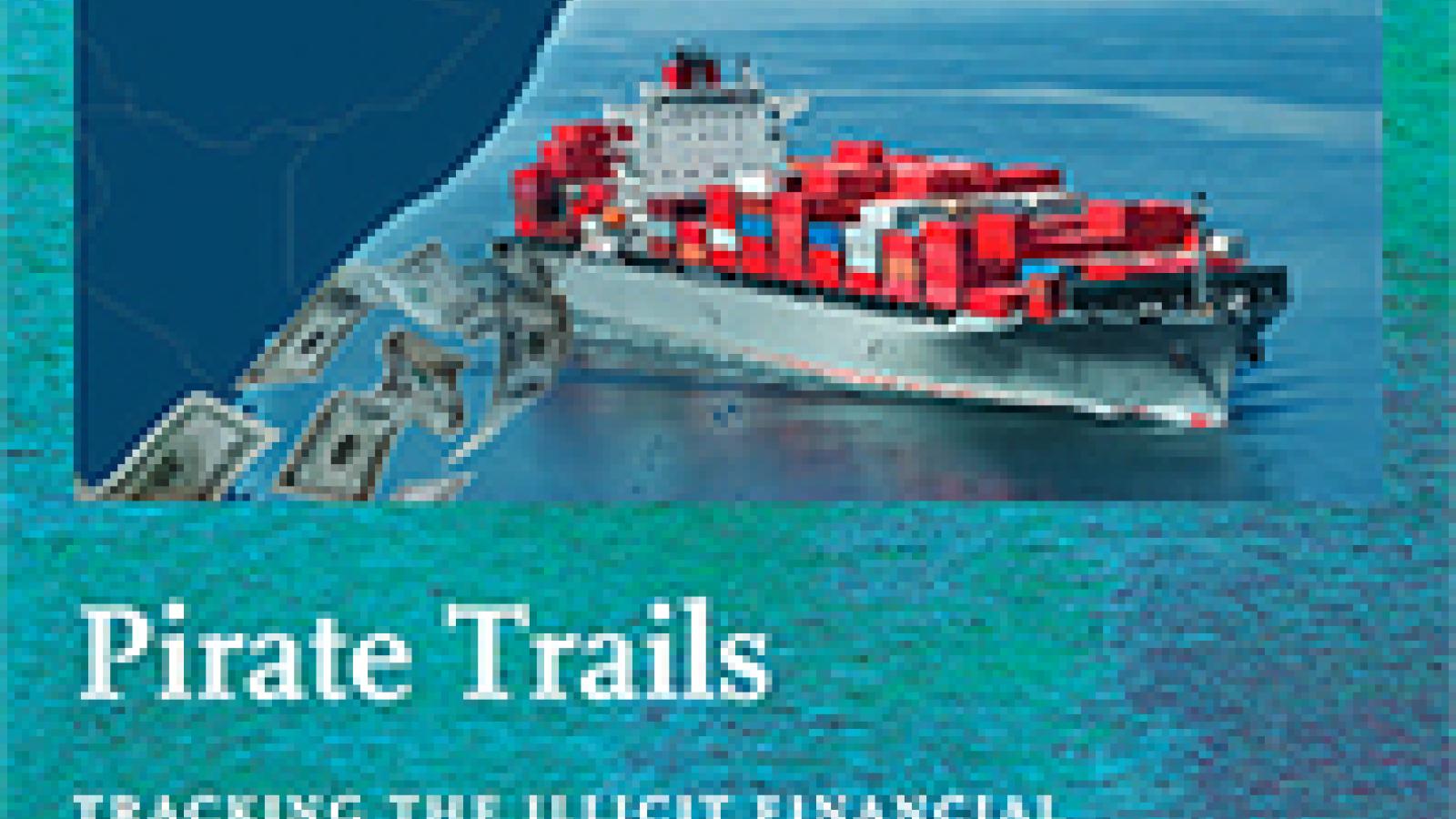
Remembering the gifted field investigators Clément Gorrissen and Simon Davis
By Karsten von Hoesslin, Special Projects Manager, Risk Intelligence
On 7 April 2014, UNODC Consultants Simon Davis and Clément Gorrissen were fatally shot upon arrival in the immigration hall at Galkayo airport in central Somalia. The city of Galkayo, also known as a financial hub for piracy investors, is split between Puntland and Galmudug and its airport sits on the Puntland side of the border town, which has witnessed significant clan violence since late 2012 between conflicting Galmudug and Puntland militias.
The pair were in the process of meeting Somali government representatives from both Puntland and Galmudug State to discuss banking compliance and asset tracking with respect to proceeds deriving from Somali pirate ransoms. Whilst in the arrival hall awaiting immigration clearance, a uniformed police officer opened fire on the two consultants at close range wounding them fatally. Although initial claims have been made that the police officer suffered from ‘mental issues,’ the Somali government has launched an ‘investigative panel’ to determine the motive for the attack.
Simon Davis and I first crossed paths in 2009 at a piracy conference in London where he blew the audience away with his expert knowledge on illicit cash flows detailing the Somali Hawala system to perfection. It should not come as a surprise that two years later when I first met Clément at a UNODC-sponsored conference in Nairobi, I suggested that he and Simon connect to discuss the project that Clément was about to spearhead. They were the perfect team and have since provided a non-stop ground breaking contribution to the field of piracy and illicit cash flows.
At that conference in Kenya, Clément wittingly put me on the spot asking that I speak to the audience about my work tracking South East Asian organised crime syndicates as well as elaborate on a Risk Intelligence piracy database. At the time, Risk Intelligence was compiling its own special database on Somali pirate leaders, investors, and government personnel linked to the illicit business. Both Clément and I found an opportunity for collaboration and my and Risk Intelligence CEO Hans Tino Hansen’s relationship with Clément began to grow. Thereafter, Clément invited both Hans and I to high-level Contact Group meetings to give briefings on our work and mutual interests while Risk Intelligence hosted Clément at our headquarters in Vedbaek.
My relationship with Clément grew into a friendship. Although, upon reflection, we were more often like two passing ships in the night around the badlands of East Africa, we always had a secure channel of communication and marked hazards for one another along the way. Nevertheless, we did find ways to meet in the shadows of East African airports to enjoy a warm Tusker and compare notes before boarding flights in different directions. Clément was a master of operational security and could be trusted with anything, whether it was to help identify photographs of suspects involved in a hostage case I was handling or being aware of specific East African government personnel ‘on the take’ who we both kept a watchful (and often hesitant) eye on.
Simon was also a wealth of information pertaining to the Horn. He gave me the most accurate travel advice on Somaliland which included not only safe transit routes, housing, and medical facilities, but where to find the best cured goat dishes and of course, the most ideal exchange rates.
Upon learning of both Clément and Simon’s tragic deaths, it has been a non-stop investigation into my notes and correspondence looking for clues as to how this happened. But in truth, I now wish more then ever that I made the time for Clément’s invitations to attend recent conferences and enjoy one more coffee and conversation with both him and Simon.
Clément’s leading contribution to the field was Pirate Trails: Tracking the Illicit Financial Flows from Pirate Activities off the Horn of Africa. But the truth is that this was merely the tip of the iceberg, because he would have had a long and successful career investigating and tackling organised crime. Having shared his PhD plans with me, Clément truly had a gift for thinking out of the box and developing methodologies to uncover the darker secrets of organised crime that would otherwise remain unchecked.
Returning to being put on the spot at that conference in Nairobi, ironically, it was Clément’s impromptu curve ball and our side-line discussions that led to a significant change in my perception on Somali piracy, which also encouraged my quest to become more specialized and better qualified in the fields of forensics, interviewing and interrogation as well as psychological first aid. I truly owe him one for pushing my skillset- and in the right direction!
Clément was perhaps a closer friend to me then I have yet to realise as we individually trekked into the unknown with the best possible risk mitigation strategies yet still exposed to unpredictable threats. I can sense that he will forever remind me of both the passion in high-risk investigating and of the things we should hold close to our hearts when either at home amongst loved ones or in the remote darkness.
The last time we were all together was in an English pub with fellow colleagues who also knew them very well. We toasted, laughed and appreciated conversations twice removed from pirates and ransoms and were able to simply kick back and become closer colleagues.
Neither Simon nor Clément shall be forgotten and those who had the privilege of working with them will always remember how meaningful their contributions were and know that they had so much more to give.
To the lost!